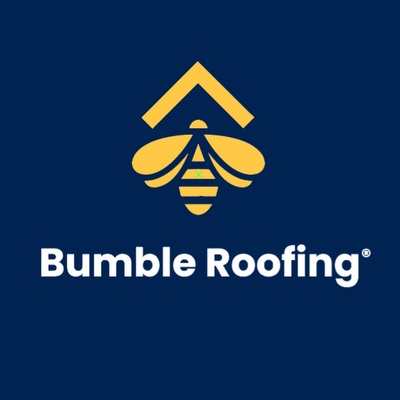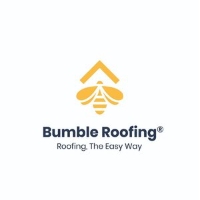
Operating a successful roofing franchise doesn't have to depend solely on weather-related events. While storm-induced damages can increase demand for roofing services, focusing exclusively on such occurrences limits potential revenue streams. In fact, only about 33% of the roofing market is insurance-related, leaving a substantial 67% open for proactive services.
By targeting homeowners seeking roof replacements or upgrades for reasons beyond weather damage, roofing franchises can tap into a broader customer base. This approach not only stabilizes income but also reduces dependence on unpredictable weather patterns. Offering services like regular maintenance, inspections, and energy-efficient roofing solutions can attract clients interested in enhancing their property's value and longevity.
Moreover, the growing trend in home improvement investments presents a significant opportunity. The U.S. home improvement market was estimated at $394 billion in 2021 and is projected to reach $510 billion by 2025, with roofing renovations being a significant segment of this growth.
Expanding into underserved geographical markets can also drive growth. Approximately 27% of U.S. homeowners live in areas with limited roofing service options, particularly in rural and suburban regions.
Additionally, the increasing awareness of eco-friendly and energy-efficient roofing solutions offers avenues for differentiation. The global market for eco-friendly roofing is projected to grow from $165 billion in 2020 to $253 billion by 2027, reflecting a compound annual growth rate of 6.6%.
In conclusion, a roofing franchise's revenue doesn't need to rely solely on weather-induced demand. By diversifying services, targeting proactive homeowners, and exploring new markets, franchises can achieve sustained growth and profitability, independent of weather patterns.
















.png)
.png)








Leave Your Comment & Rating Below
0 Comment(s)